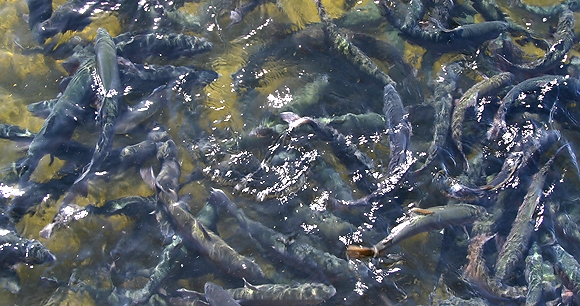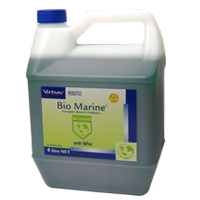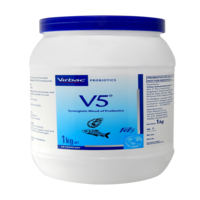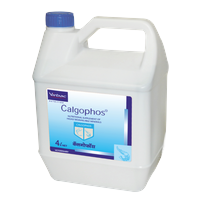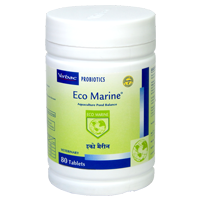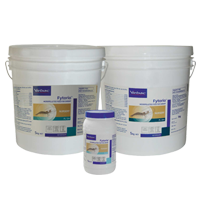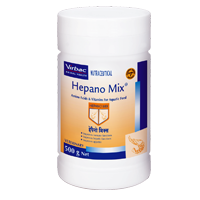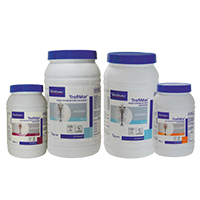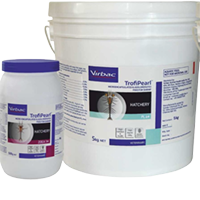
How can you maintain the health of a shrimp's hepatopancreas?
Global aquaculture production has been steadily increasing over the last decade. Asian countries like Taiwan, Indonesia, Thailand and India have emerged as global leaders in shrimp production. In order to bridge the gap between world demand and supply of shrimp, many countries have undertaken intensive shrimp culture.
Disease and production problems vary during the different phases of shrimp culture. One of the most important criteria for a successful culture operation is insured to maintain good health of the shrimp. The environment can have a significant impact on shrimp health, growth and production. Success of culture depends, totally maintaining the good health condition in shrimp with proper functions of various organs.
The hepatopancreas a digestive gland or midgut gland is an organ of the digestive tract of arthropods (Shrimp) and mollusks. It provides the functions in mammals are provided separately by the liver and pancreas. Hepatopancreas is a gland that ends in ducts that open into the stomach.
The hepatopancreas is an important organ for the absorption and storage of nutrients. The hepatopancreas is a complex midgut diverticulum and acts as primary digestive organ of shrimp. It has the dual role of secreting digestive enzymes and absorbing nutrients. It is also considered a major organ for shrimp for other functions
-
Hepatopancreas synthesizes and secrets digestive enzymes for food digestion.
-
Hepatopancreas absorbs digested material.
-
Hepatopancreas transports the stored nutrients to the muscle, gonads and other tissues during the growth and reproductive stages.
The hepatopancreas is comprised of four types of epithelial cells and each plays a different role in hepatopancreatic function.
E-cells found at the distal tips of each tubule with proximal nuclei and conspicuous nuclear bodies give rise to the other three cell types of the digestive gland.
R-cells multi-vacuolated cells occur throughout the HP and have absorptive and lipid and glycogen storage functions. They also commonly sequester mineral deposits such as calcium, magnesium, phosphorus, sulfur, and others.
B-cells large, primary secretor cells, are the primary producers of digestive enzymes in the HP and are responsible for nutrient accumulation, intracellular digestion, transport of digested material.
F-cells are responsible for protein synthesis and storage of minerals
The following factors are also affecting the hepatopancreas such as shrimps under stress, sudden changes of water quality or pond environment & molting. The Healthy hepatopancreas is directly related to the growth performance and body health for shrimp directly.
Digestion: Hepatopancreas is one important digest organ which can secret different kinds of digestive enzymes. It helps for nutrients absorption in the intestine. The digestive function will directly affect due to lesion of hepatopancreas & intestine. These organs will become diminution at the beginning and hepatopancreas will shrivel. These turn into pale, content of white feces and intestine become red. The feed-in gut of shrimp with white feces, the nutrients are hard to digestion or absorption.
Toxification: Hepatopancreas also helps for detoxification and decomposing functions in shrimp body against hazards or toxic compounds. The damaged hepatopancreas is unable to decompose the feeding with toxin compounds and hazardous substances. The un-decomposed toxin substances will affects the intestine and especially damage of intestinal villus and lose part of the shield functions.
Excess Feeding: It is important to avoid too much feeding at one time which may leads heavy pressure and cause damages to hepatopancreas. Also, it will affect the functions of digestion and detoxification systems. The frequent normal feeding with requires quantity can be undertaken for smooth functions of hepatopancreas.
These are the major advantages of a healthy Hepatopancreas of a shrimp for successful & profitable culture such as better growth rate, more survivals, ensures better harvest, low FCR, proper feed digestion, increases immunity, less disease outbreaks, proper molt cycle, avoid shell diseases etc.
There are many major elements required for success of shrimp culture. Besides the feeding and water quality, the health of hepatopancreas is also vital for success of L. vannamei. The best pond management and health management practice to be followed in culture system for safe protection of hepatopancreas in shrimp. The healthy hepatopancreas in shrimp will boost maximum performance for success of culture.

